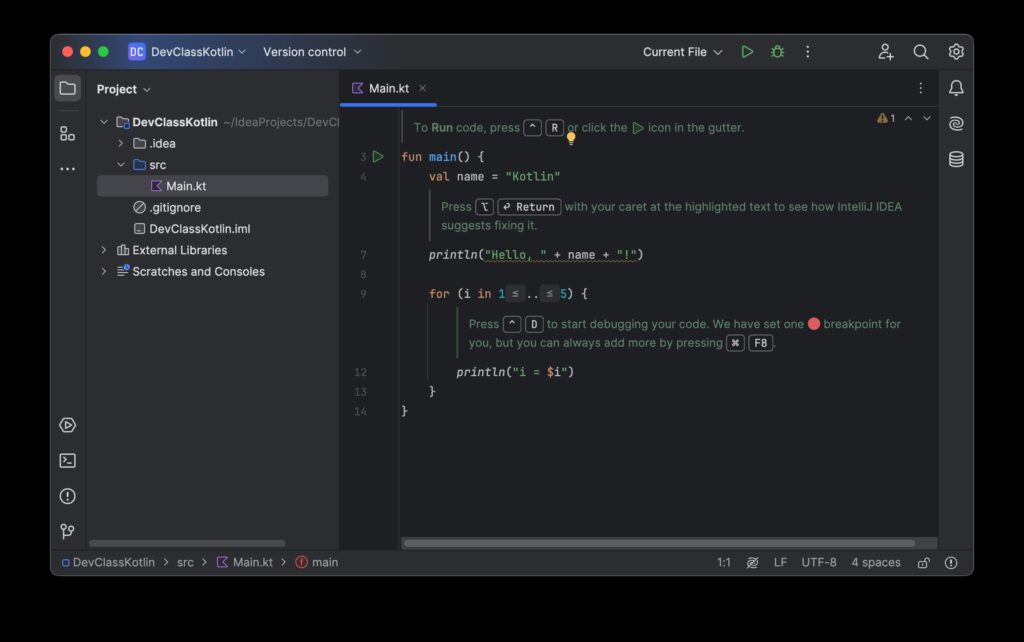
JetBrains has updated its IDEs with the 2024.2 release, containing many new features including a radical change to the user interface (UI) – in preparation for several years – which is now the default, despite some devs protesting that it is inferior to the old one.
“Making it look like VS code is exactly the opposite of why we are willing to pay for IntelliJ licenses,” said one developer earlier this year.
A plugin which reverts to what is now called the Classic UI has many five star reviews with comments including that the old UI “takes less space, better visibility on navigation bar, icons with vertical/horizontal text for tool windows in sidebar are much better than in new UI, changes in some icon placements is superior in old UI too.”
Others are more positive. “I for once do like it and have been using it from the beginning. It is just less cluttered for me,” said one.
According to JetBrains design lead, Alina Mishina, the new UI is designed to reduce visual clutter and reveal advanced features when needed. It provides “bigger, easier-to-use controls, a consistent color palette, light and legible icons, increased contrast, and better accents,” she wrote.

Mishina said that 87 percent of users adopted the new UI even before it was the default. However this might not be only because of preference: the new UI gives a much improved experience when running the IDE remotely, and the Classic UI plugin now does not work at all in this scenario.
The Classic UI plugin will be supported for at least one year, Mishina said, after which this will be evaluated based on adoption. Supporting two very different UIs for the IDEs is likely a development burden which the company would like to avoid as soon as it can.
The JetBrains IDE family includes IntelliJ IDEA, for Java and Kotlin, PyCharm for Python, Rider for .NET and C#, GoLand for Golang, CLion for C and C++, PhpStorm and more.
K2 mode, still in preview but much improved in this release, is a new implementation of Kotlin support in the IDE. It now supports most IDE features including Kotlin Multiplatform projects, refactoring, code completion, debugging and more. The aim is that K2 mode will be the default before the end of 2024. K2 mode will be required for support of new Kotlin language features.
The full details of what is new are in the release notes for each product.
